Some women just know that they’re going to have twins.
You might have had a dream, or a strong, defined sense that you’re carrying more than one child. Twins might run in your family, or a perceptive aunt or sister might have told you that twins are on the cards. It might even just be a general feeling that comes from knowing your own body, how you feel and what’s going on. But what are the actual signs you’re having twins?
A lot of women aren’t so lucky, and they go through the first few weeks or months of pregnancy blissfully unaware that they’re soon to be the parents of a pair of beautiful babies.
So how do you know? Can you tell whether you’re having twins, even before your first scans? Just what are the signs and symptoms that you’re pregnant with twins?
So What Are the Signs You’re Having Twins?
There are a lot of classic symptoms for twins, which are all generally down to the increased levels of Human Chorionic Gonadotrophin Hormone, or hCG, which is the pregnancy hormone that causes all of the wonderful (and maybe not so wonderful…) changes that come with falling pregnant.
A lot of twin pregnancy symptoms are actually the same as for regular pregnancies, just stronger, or ‘more’ than you’d expect for someone as far along as you might be, so if this is your first time, just go with it and wait for your scans to confirm what you might already suspect.
As you read down this list, remember that pregnancy affects every woman differently, and you might experience some, all or even none of the below symptoms as you go through the different stages.
Symptoms For Twins
Being Bigger Than Expected
This is the one of the first signs you are pregnant with twins that the majority of women will experience, and the one that will probably push them into suspecting that they might be carrying twins. After all, it is an incredibly noticeable sign!
If you’re experiencing bloating that makes you look further along than you are, parents or friends have commented along those same sort of lines, or you just feel like you’re getting bigger faster than you’d have expected, then it’s possible you’re carrying twins.
Doctors and midwives will also normally measure your fundal height (the distance between the top of your pubic bone and your uterus) when you go for check ups. If this distance is further than expected, it’s a possible sign of a multiple pregnancy.
There are multiple reasons why this might happen, though, so don’t get excited if you’re a little larger than you have been with past pregnancies or than you expected to be. It’s not a sure fire sign of twins.
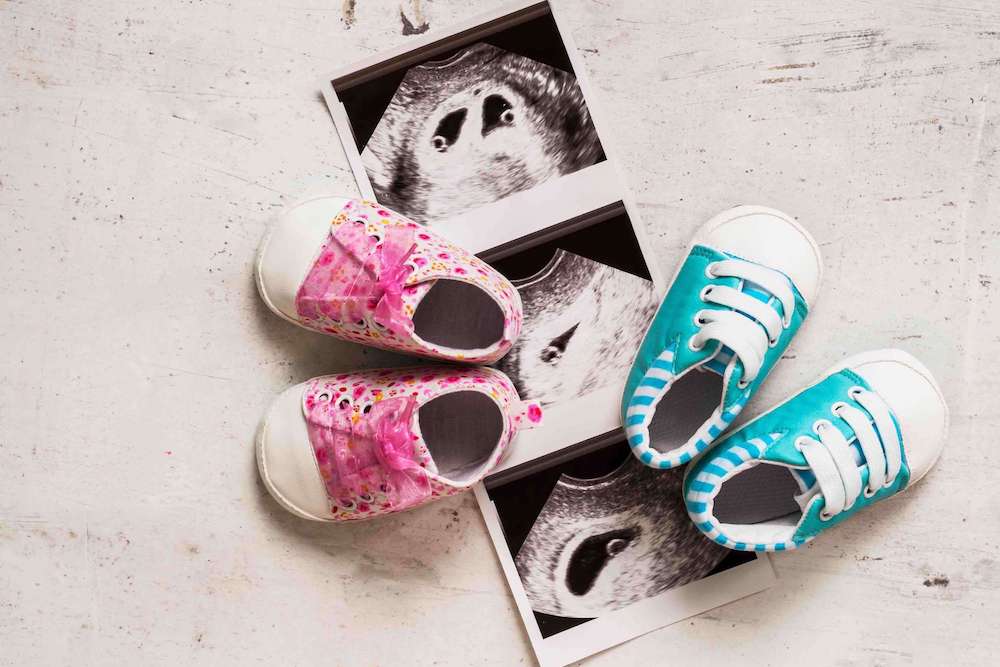
Extreme Nausea
Heavy duty nausea aka morning sickness, is one of the classic early signs of twins, which can come even if you’ve been pregnant without any nausea before. This can also manifest as a really strong aversion or intolerance to particular foods, much earlier than you’d expect these sorts of things to happen.
Tender Breasts
When you’re carrying twins, it’s common to experience extremely tender breasts, which can be so severe they’ll hurt at even the slightest touch or pressure, to the point that even wearing bras can become uncomfortable. If this affects you, it might be worth switching to bandeau style tops or crop tops for support until this dies down again.
Urinary Urgency and Incontinence
Needing to pee much more often. Whilst needing to urinate more is a classic early sign of pregnancy, when you’re carrying twins it will be even more intense.
An unfortunate side effect of pregnancy is incontinence. Because of the weight and pressure that you’re carrying, most of it over the bladder, there’s increased strain on you down there, so shocks like sneezing, exercise and heavy laughter can cause leakage. Obviously, with twins you’re going to be carrying even more weight, making this more likely.
Severe Exhaustion
A lot of women already struggle with feeling tired when they’re pregnant, from a combination of hormones, stress, and simply having to carry extra that they’re not used to, making everything you do harder.
With twins, this can escalate to the point of complete and utter exhaustion and fatigue, sometimes to the point that making it through the day can be a struggle. The likely explanation is the increased demand for nutrients and blood oxygen your twins need, so make sure you get enough rest and you’re eating a healthy, balanced diet.
Unexplained Uterine Cramping
If you experience uterine cramping that’s not combined with any blood loss, you could be having twins. This is because the uterus is having to expand quicker than usual, which puts increased strain on the round ligaments that hold and supports everything down there.
Fluttering or Pounding Heartbeats
You might feel like your heart is pounding or working harder than usual. And you might be correct. Because your heart will have to pump larger amounts of nutrient and oxygen rich blood to the uterus, it’s going to be working harder than usual, which will obviously have physical effects.
The Mood Thing
Mood swings, unstable, uncontrollable moods and being far more prone to tears are always normal symptom of pregnancies, but in twin pregnancies the symptoms are usually going to be far stronger and more intense, because of the higher concentration of hormones that cause this symptom.
So remember, if you are experiencing mood swings and heavy ups and downs, don’t despair. It’s normal. Just do what you can to ride with it, make sure your significant other is aware of what’s going on, and if you have to, see your doctor.
Out of Place AFP Test Results
During your second trimester, you should have an alpha feroprotein test. This detects the levels of a protein your baby’s liver produces, and can be a possible way to catch birth defects and other things early.
Abnormally high readings can indicate you’re having twins, because of course there’s going to be around twice as much of this protein being produced.
Elevated Levels of hCG
Like we said right at the start, one of the major signs of twins is a if you have higher levels of the pregnancy hormone and your blood levels change quicker than expected.
Even this isn’t a foolproof sign, though, because sometimes even singleton pregnancies have higher levels. As always, it depends entirely on you and your body. But this is a pretty good indicator.
How to Actually Confirm The Symptoms of Twins
The most reliable, and one of the only ways to confirm that you’re carrying twins is an ultrasound, so if you think you might be having twins, wait until your ultrasound to confirm it. If you’re sure you’re having twins, but the ultrasound only shows a singleton, then don’t worry. Sometimes ultrasounds will only pick up one embryo, especially if it’s an early ultrasound performed only a few weeks in.
It’s also possible to confirm that you’re pregnant with twins by hearing separate heartbeats on a Doppler fetal monitor.
Bear in mind both of these methods can miss or overlook the signs that you’re having twins. It’s really unlikely, but it can happen!
So if you’ve got your heart and mind set on twins and all the signs are pointing to you having two babies on the way, but all your scans are showing one, then don’t worry! It’s possible you’ll have a surprise coming when it’s time to pop. The second baby is sometimes missed in the early ultrasounds.
Bear in mind that twins are more likely if:
- You’re older, especially if you’re past the age of 30
- You’re taller or heavier than average
- There is a history of twins in your family
- This isn’t your first pregnancy
- You’ve had fertility assistance to conceive
- You’re of particular descent or lineage, for example, African American
So if you have any of these signs, or so does anyone you know, it’s possible! Remember that the best way to confirm that you’re carrying twins, even if you’re 99% sure and have the strongest feelings, is an ultrasound scan, so until then just keep your fingers crossed!
Did we miss anything? Have you experienced any of the signs you’re having twins, or know anyone who has? Is there anything in particular that made you realise you were going to have twins? If so, we’d love to hear from you. Feel free to tell us all about it in the comments below.









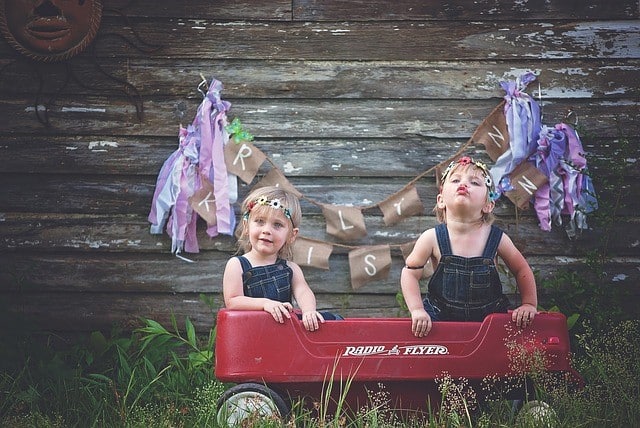

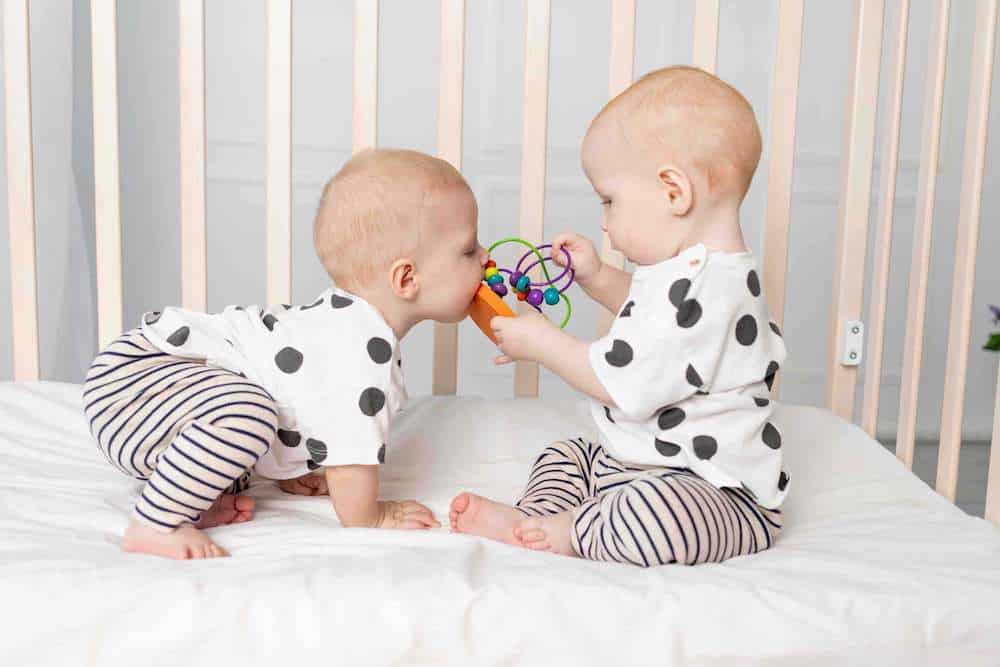
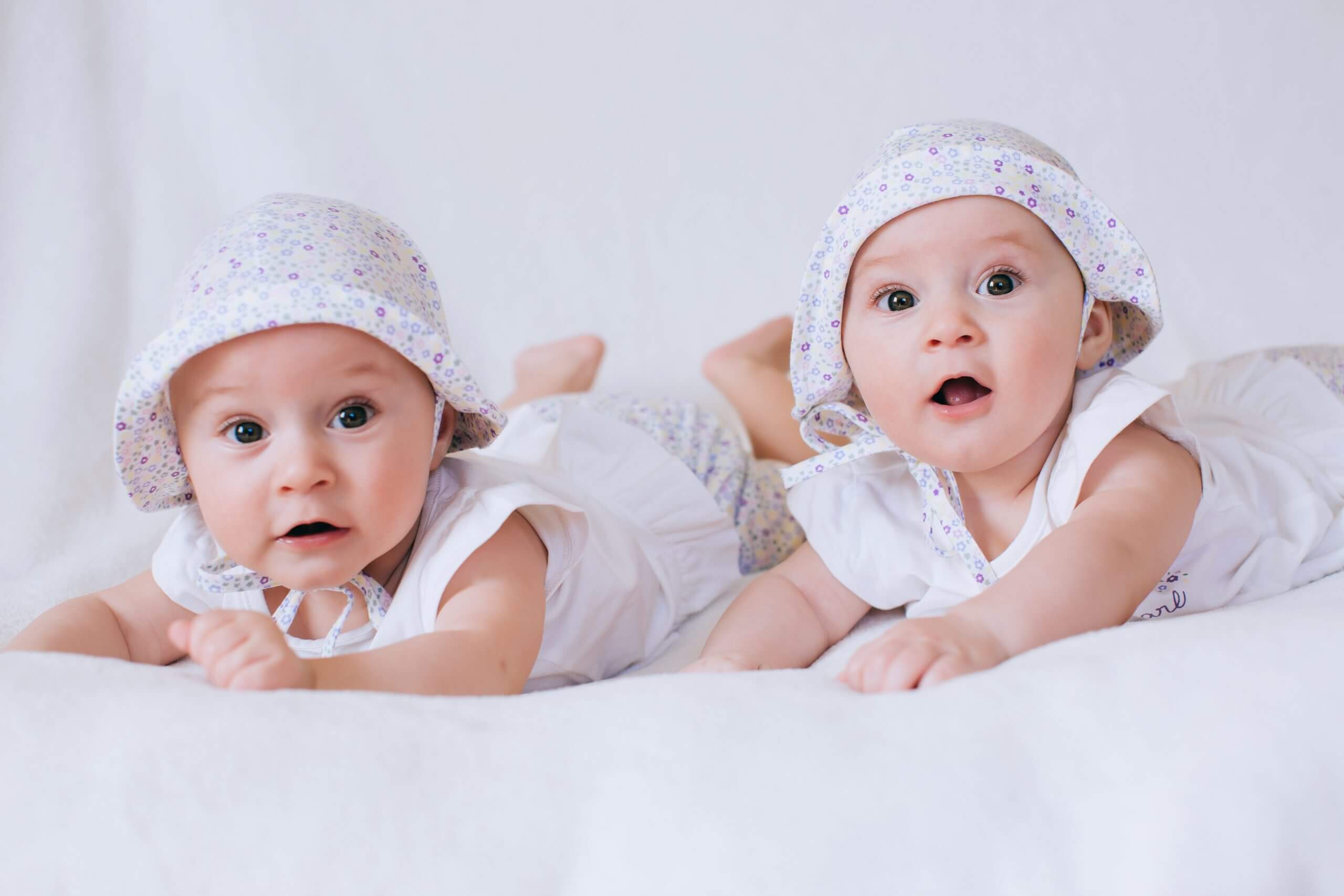

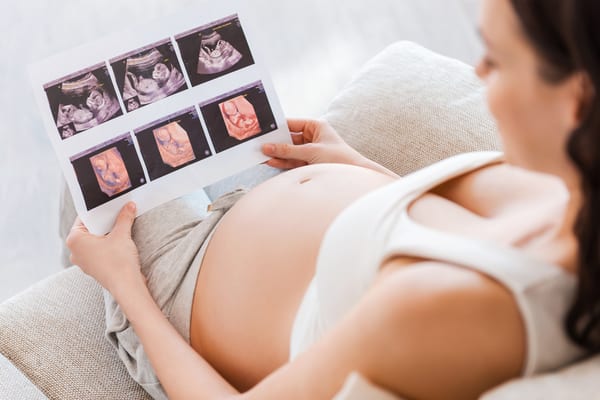

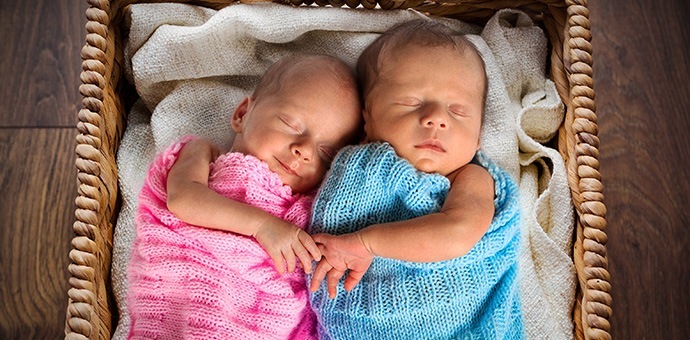
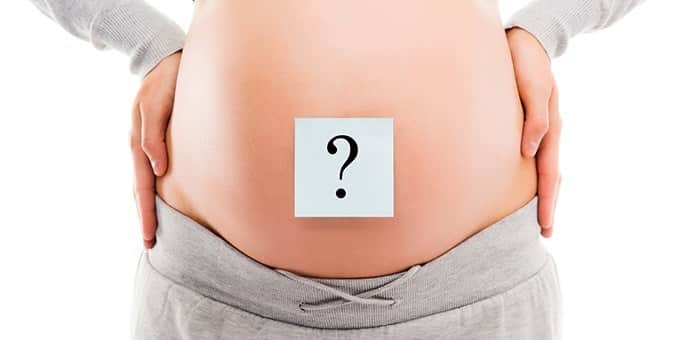
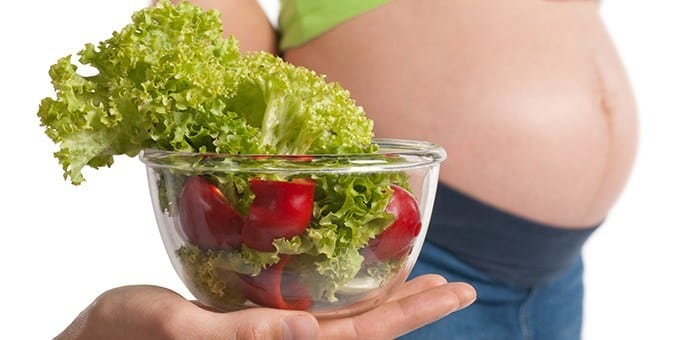


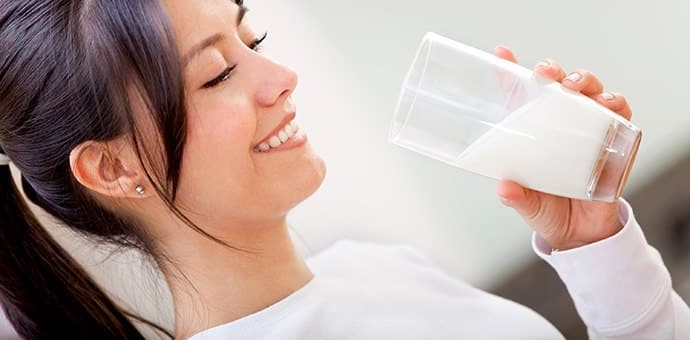
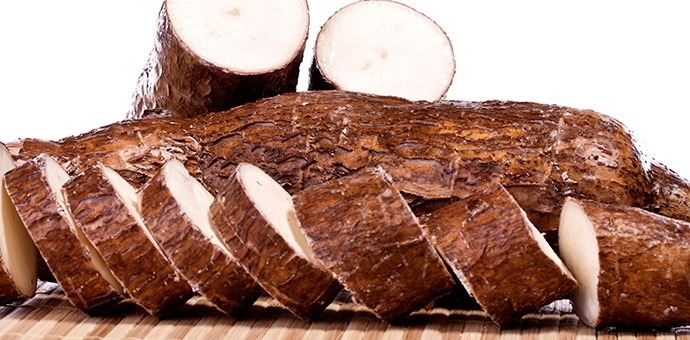







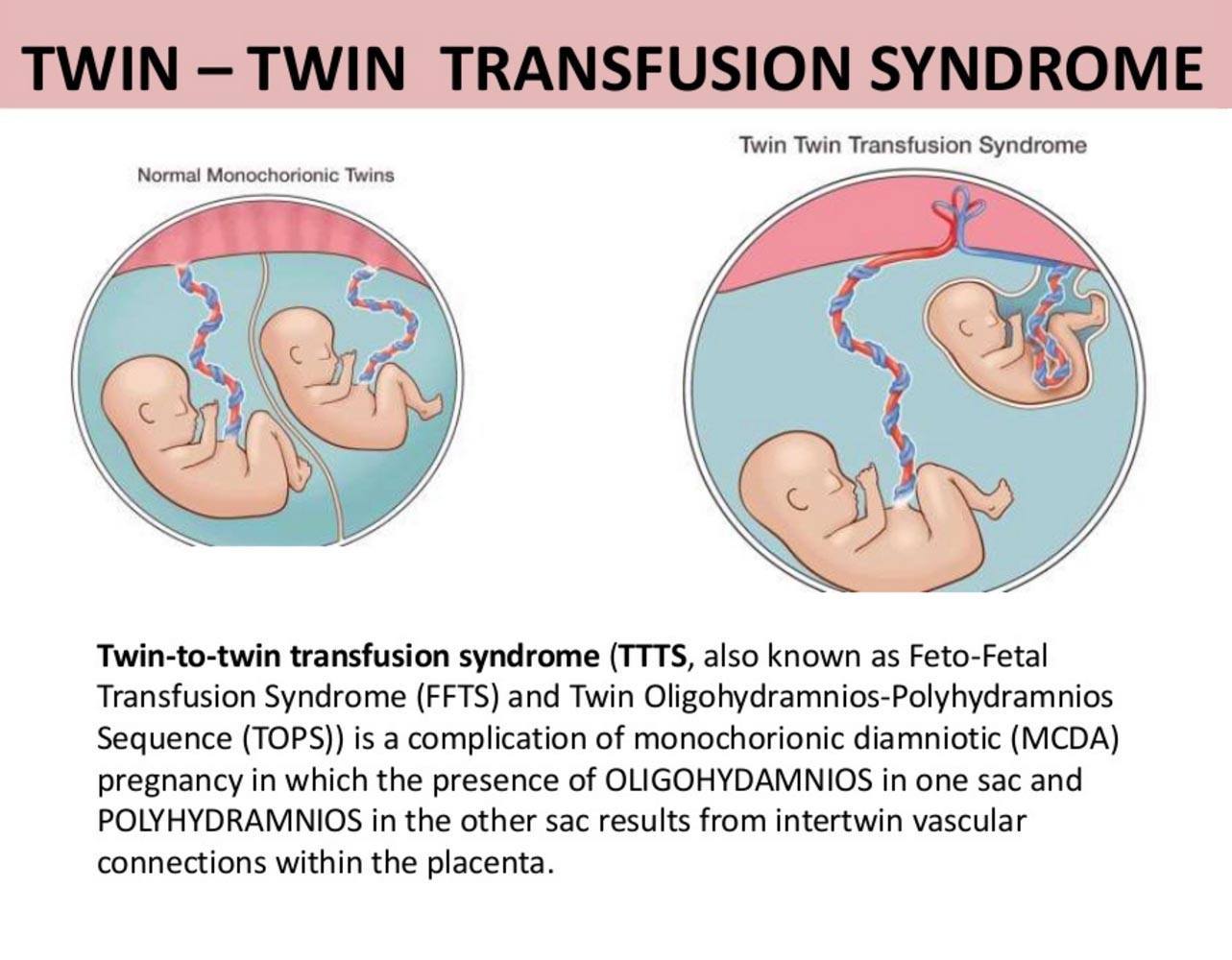
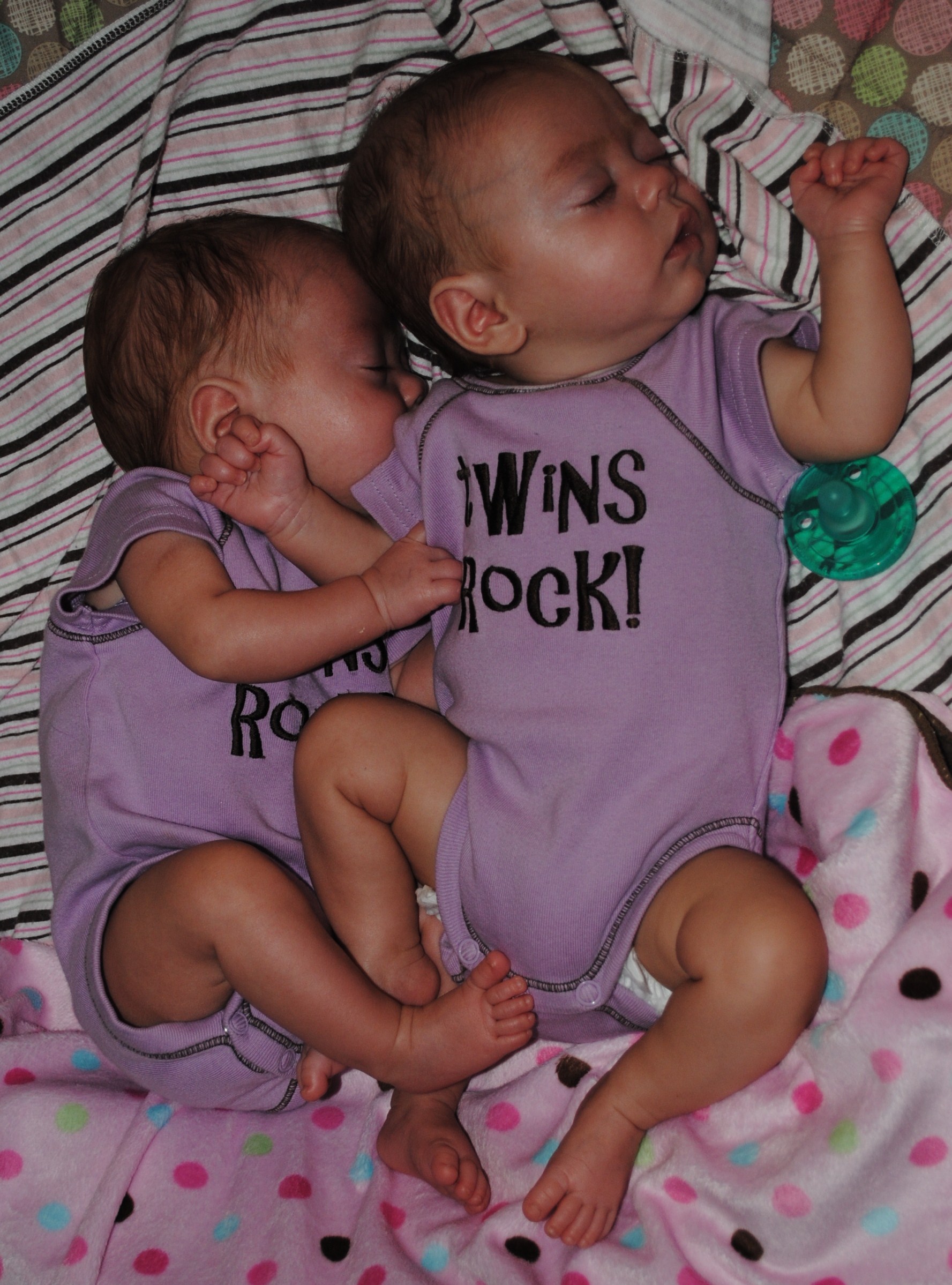
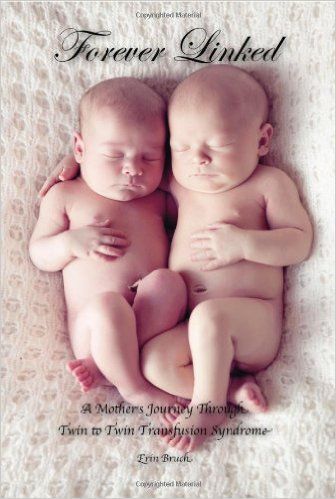
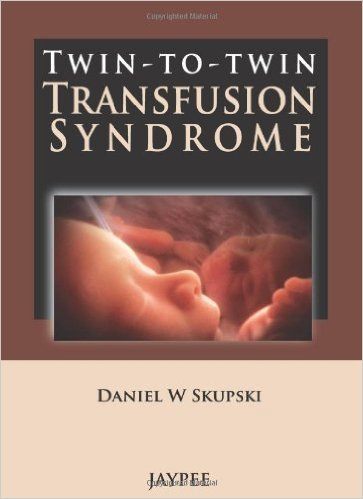



 Store
Store